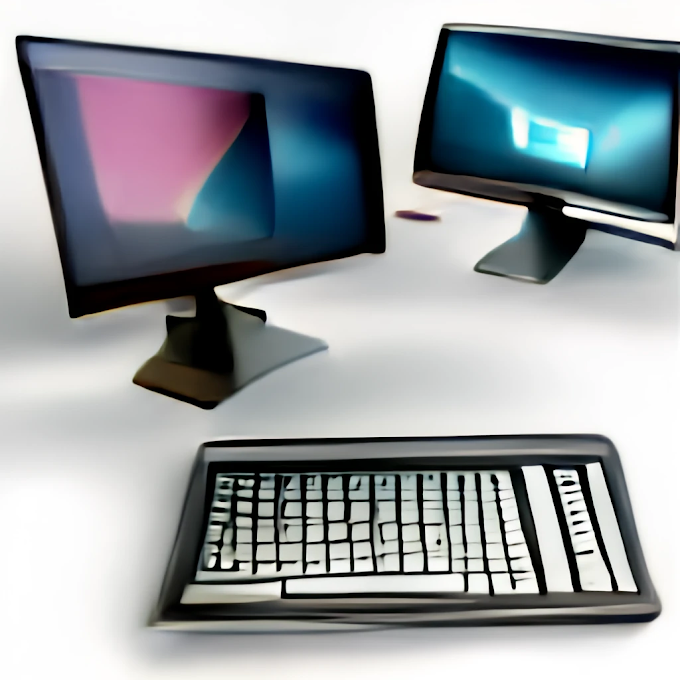Windows applications
Windows is a complex operating system that includes many different applications and tools, each with their own specific purpose and functionality.
However, I can provide a general overview of some of the main types of applications that are included with Windows:
System tools: These applications are used for managing and maintaining the computer itself, such as the Control Panel, Device Manager, and Disk Cleanup.
Productivity tools: These applications are used for creating and editing various types of content, such as the WordPad, Notepad, and Paint.
Communication tools: These applications are used for communicating with others, such as the Mail, and Skype.
Entertainment tools: These applications are used for playing games and media, such as the Xbox and Windows Media Player.
Utility tools: These applications are used for performing specific tasks, such as the Calculator, Character Map, and Snipping Tool.
Security tools: These applications are used for protecting computer and personal data, such as Firewall, Windows Security and Windows Defender.
Again, this is just a general overview and there are many more specific applications and tools that come with Windows. It would be helpful if you could specify which application you want to know more about, so I could give you more detailed information.
Finding files of folders and saving the result
Windows has a built-in tool called File Explorer (previously known as Windows Explorer) that allows users to find and manage files and folders on their computer.
Here's a general overview of how to use File Explorer to find and save the result of specific files or folders:
Open File Explorer by clicking on the folder icon on the taskbar or by pressing the Windows key + E.
In the File Explorer window, navigate to the location where you want to search for files or folders. You can do this by clicking on the different folders in the navigation pane on the left or by typing the path to the location in the address bar at the top.
Once you are in the location where you want to search, you can use the search bar at the top of the window to search for specific files or folders. You can also filter the search results by file type, date modified, and other criteria.
Once you have found the files or folders that you are looking for, you can select them by clicking on them. You can select multiple items by holding the Ctrl key while clicking, or select a range of items by holding the Shift key while clicking.
To save the result of your search, you can right-click on the selected files or folders and choose "Copy" or "Cut". Then navigate to the location where you want to save the files, right-click and choose "Paste".
Alternatively, you can also use the "Save search" option. This allows you to save your search as a search folder, which you can access later from the Favorites section in the navigation pane. By saving the search, you can quickly access the results of your search at a later time without having to repeat the same steps again.
It's important to note that these are general steps and may vary depending on the version of Windows you're using.
Starting a program by command line operation
Starting a program by using the command line, also known as the Command Prompt, is a way to open and run a program or script on a Windows computer.
Here's a general overview of how to start a program by using the command line:
Open the Command Prompt by pressing the Windows key + R, then type "cmd" and press Enter.
Once the Command Prompt is open, you can use the "cd" command to navigate to the folder where the program you want to start is located. For example, if the program is located in the "C:\Program Files" folder, you would type "cd C:\Program Files" and press Enter.
To start a program, you need to type the name of the program's executable file and press Enter. The executable file is the file that actually runs the program, and it typically has the file extension .exe. For example, if the program you want to start is called "MyProgram.exe", you would type "MyProgram.exe" and press Enter.
If the program is located in a folder that is not in the system's PATH, you need to provide the full path of the executable file. Example "C:\Program Files\MyProgram\MyProgram.exe"
Once the program is started, you can interact with it just as you would if you had opened it through the Windows user interface.
It's important to note that some programs may require additional command line arguments or options in order to run properly. These options are usually documented in the program's manual or help file.
Also it's worth noting that command line operation is not only limited to starting programs but also can be used for performing various system tasks such as managing files, network and system configurations, and automating repetitive tasks.
Click here for previous notes of Computer Fundamentals
Click here for Lok Sewa Computer Operator mock test



0 Comments